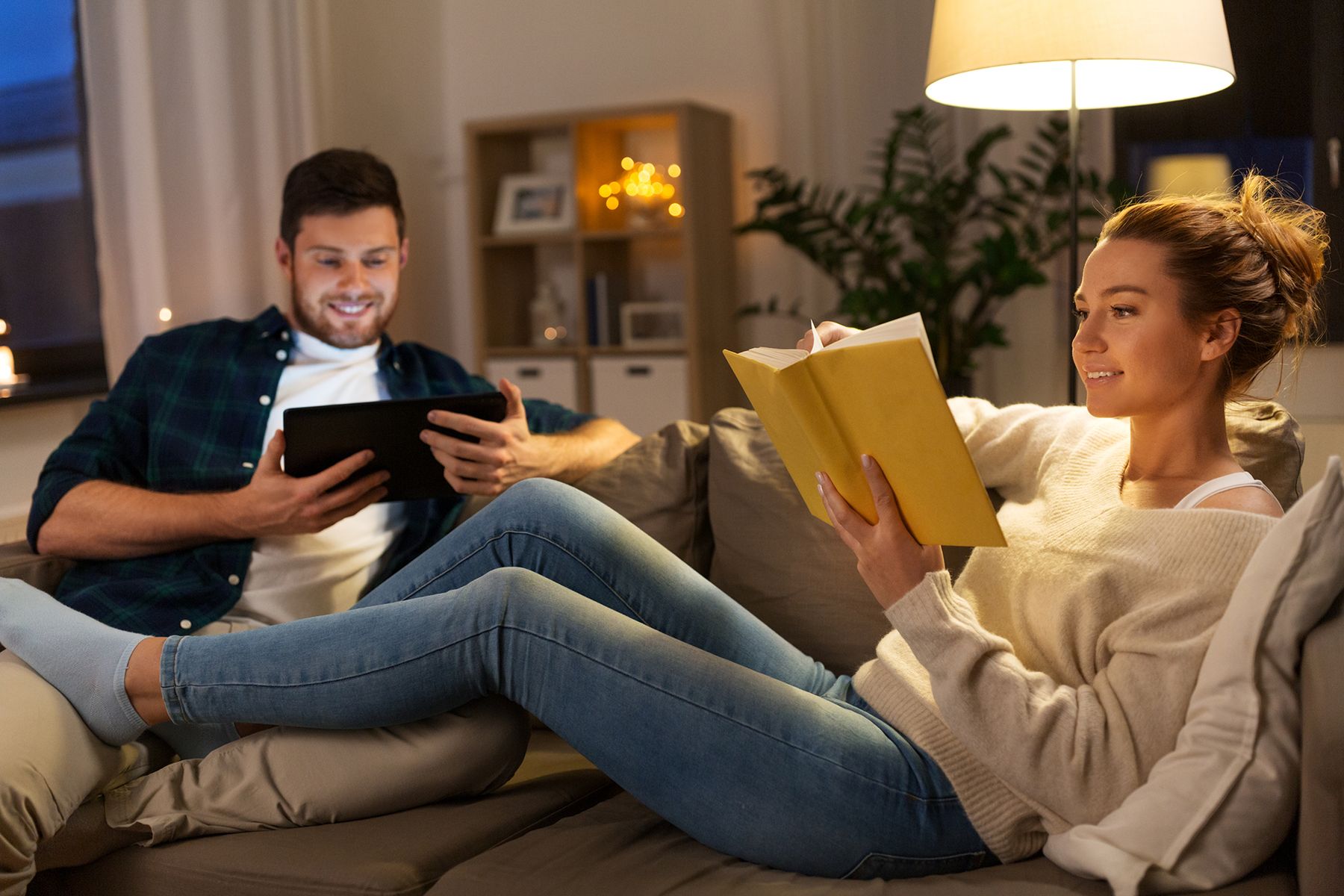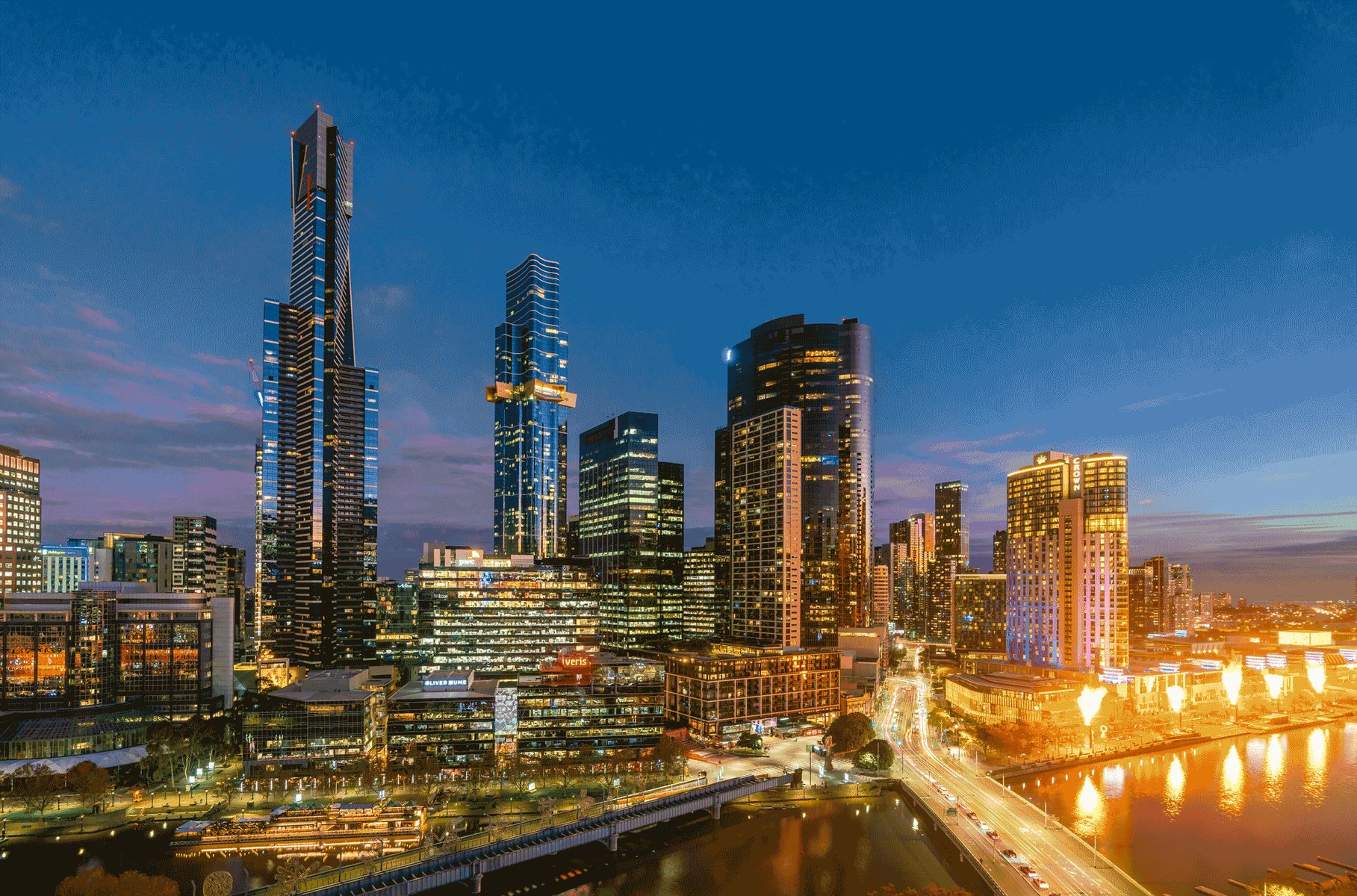Nothing makes or breaks a room quite like lighting. It changes the mood, sets the ambience, and can help define spaces, particularly in open-plan layouts often found in apartments. Though it doesn’t receive nearly the attention that furniture, paint, flooring, and other popular design elements attract, lighting is a crucial element of your apartment’s overall look and feel. Spend more time paying attention to this aspect, and you’ll have a warm and inviting home in no time.
Get to know the three types of lighting
Ambient lighting is what provides the overall illumination for a room. It’s designed to spread light evenly throughout the room. The most common types of ambient lighting are ceiling-mounted and recessed fixtures.
Task lighting is designed to help you perform certain tasks – such as cooking, reading, or working at a desk. Table lamps and floor lamps are common examples, as is lighting that’s mounted underneath kitchen cabinets.
Accent lighting is a type of lighting that is less practical and more aesthetic. It’s often used to highlight certain features – such as artwork or plants – and typically provides warm, targeted light.
Try dimmers for ambient lighting
When it comes to ambient lighting – particularly overhead and recessed lights – you need control. For best results, put these lights on dimmer switches that allow you to increase and diminish the brightness throughout the day.
Set the mood with colour
It's important to choose light bulbs at the right colour temperature. If the colour temperature you choose is too cold, this can create a sterile, hospital-like environment. Consider what you're doing in each room and what time of day you're there most often to help you determine the appropriate colour temperature to use.
Choose your lampshades wisely
Lampshades actually make a big difference in the quality of light you get out of your lamp. Therefore, it's important to know what your lighting goal is when choosing a shade. Lighter lampshades will allow more light out into the room, while darker shades will make the light more localized and shine above and below the fixture.
Use mirrors to your advantage
If you have small, dark spaces, consider adding mirrors to large walls. Mirrors do two things. To start, they make a space look bigger. Secondly, they refract existing light sources and further brighten a room. By placing mirrors directly across from windows will help bounce light around the room and maximize what's already there. It'll provide the illusion that there are more windows than you really have.




